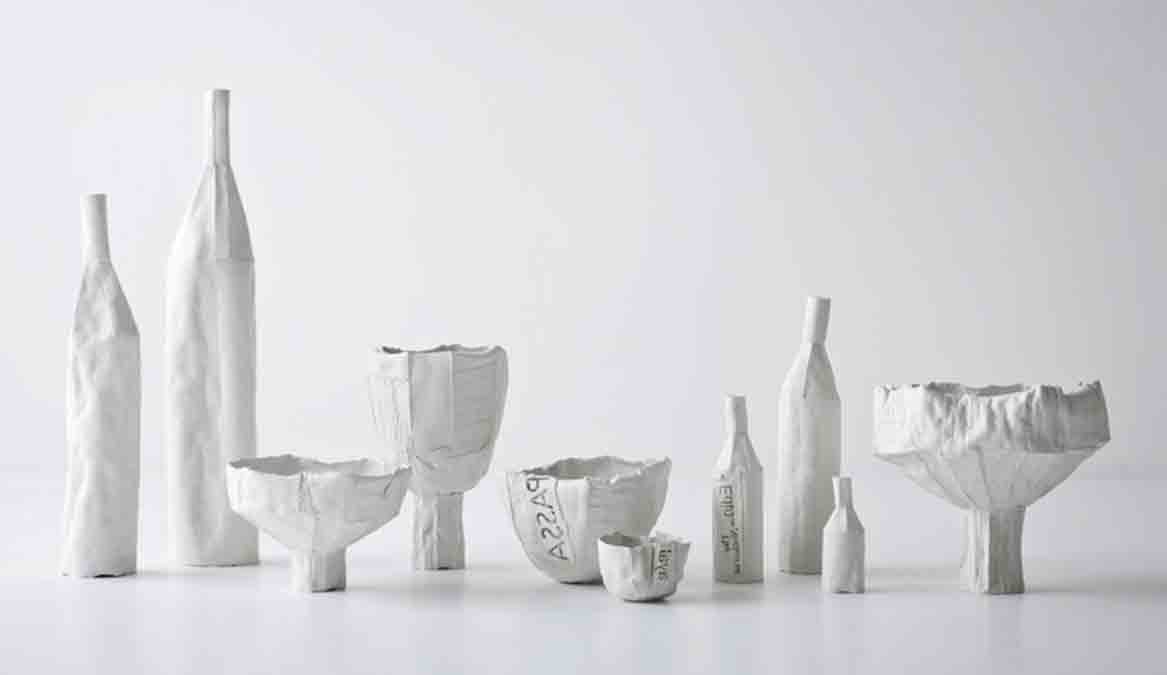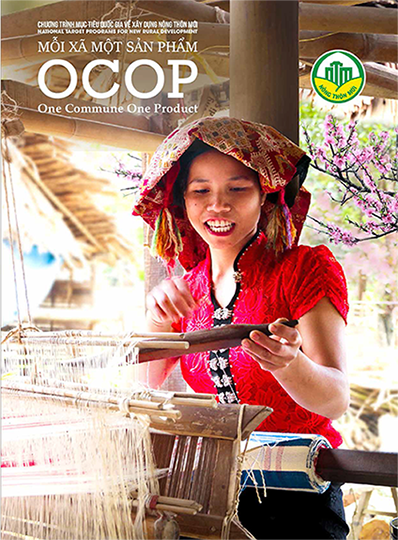The latest CBI trend and market analysis for home decoration and home textiles in Europe spots four main trends: (1) In search of identity (individuality, originality, living in a certain style, emotional connection by storytelling); (2) Rebalancing of the global economy (rise of emerging markets, emerging markets as destinations, products being functional and appealing); (3) Sustainability (growing importance of sustainability, sustainable business, inspiring, pleasing and a better world); (4) Growing importance of alternative trade channels.
There is a strong trend in the Western world of striving for individuality and originality. The interest in new, more eco-friendly products and the increasing number of Western tourists attracted by Southeast Asian culture are important trends that fit well with the supply potential of Cambodia, Laos and Myanmar. Alternative distribution channels are of growing importance too. Increasing numbers of smaller retailers are also interested in buying directly from producers in developing countries and there are more and more online shops that import their products. This offers new opportunities for suppliers in developing countries that can prepare pricelists specifically for individual retailers and can offer standard packages for cost-efficient shipment and door-to-door delivery In line with these trends, the fair trade niche market shows strong growth. In Germany, the fair trade market volume nearly tripled in the last five years and showed a growth of 11% in 2015. Value chain integration is on the rise. The market demands closer cooperation, greater efficiency, transparency along the supply chain and shorter lead times. New forms of interaction between supplier and buyer are on the rise. The co-creation of products is a key concept and offers new business opportunities. The importance of the trends above was underlined in the survey conducted for this study among 25 EU importers and consultants of home accessories and gifts in September/October 2016. The sources indicated that the approach towards the product becomes more relevant; it is the combination of design, material, technique, uniqueness and story that creates demand. The importance and number of niche markets increases, particularly for fair trade-certified products. The sources particularly pointed out the following demand trends relevant for Asian suppliers:
- Ethno-chic, pure natural products, and organic materials, natural fibres from renewable sources
- Simplicity, timeless style, products made to last
- Fair trade and sustainable design
- Indigo and natural dyes
- Classical black & white Scandinavian styles, as well as subdued/pastel-coloured items
- Basketry: The basket that fits with the carpet, the basket that follows colour trends
The market trends mentioned are quite similar throughout Europe. However, there are differences from one European country to the next. On the one hand, for example, the market trend for ecological and fair trade products is particularly strong in some countries such as Germany, the Netherlands, Switzerland and Scandinavia, while it has been less important so far in other countries, such as France. On the other hand, a number of German importers indicate that the Southeast Asian ethnic style is less interesting for the German market than it is for the neighbouring countries France and the Netherlands. Designs are “sometimes too fancy for the German customer”. Instead, the importers prefer simpler, regular products for the mainstream customer.
Co-creation is the preferred way to work for most of the 25 importers interviewed for this study. Importers usually welcome product ideas and designs from suppliers and translate the exporters’ products into their own designs, e.g. with slight adjustments regarding colour codes or patterns. 50/50 co-creation is often referred to as the best solution, as it offers many advantages. The importer usually knows consumer taste and expectations best, while the exporter can offer particular techniques and product types. A number of European importers invest in joint product development. European in-house designers cooperate with the product development team of the Asian supplier. However, a significant number of importers rely 100% on new designs by suppliers. They go around and look what kind of new designs are suggested by the suppliers to choose from. Other importers develop their own designs for 100%, making use of the authentic ways of weaving, particular prints or individual craftsmanship of suppliers




